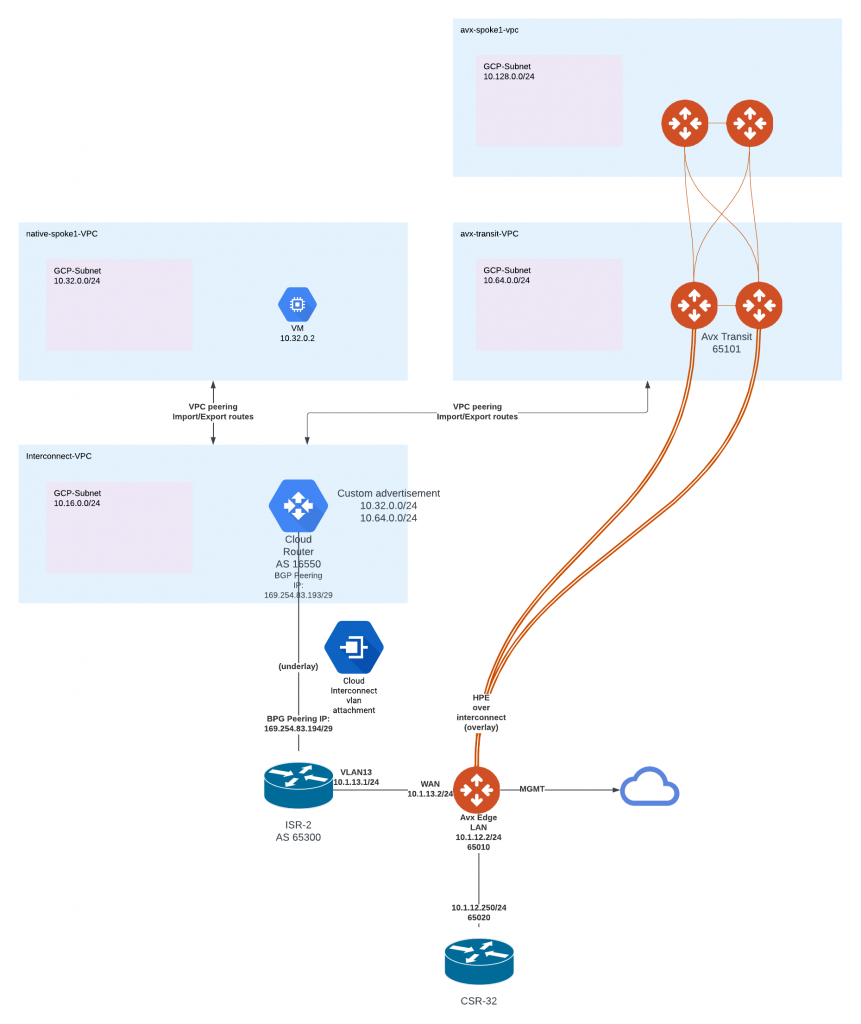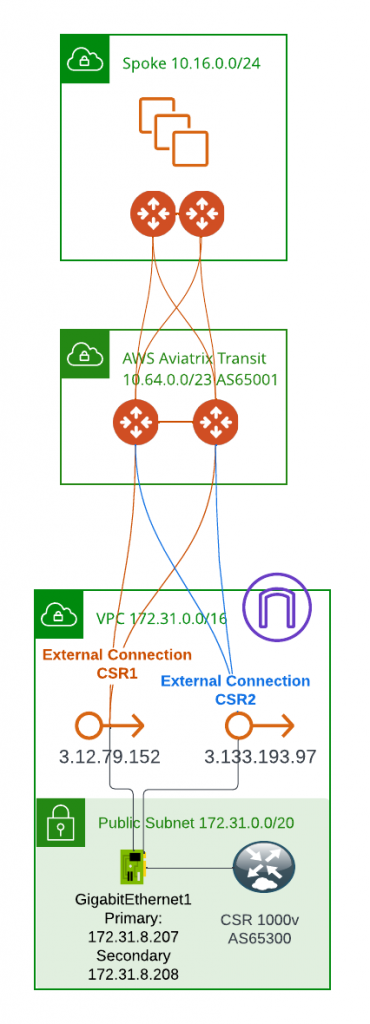It is common for enterprise customers to run a workload in AWS in a public-facing subnet, where the default route (0.0.0.0/0) would be pointing to the AWS internet gateway (IGW). Reference: AWS Internet Gateway Documentation
The IGW provides NAT between the public IP and the private IP assigned to the instance. You may control inbound/outbound traffic via Security Group, where you can control what protocol and IP range that would have access. However, IGW won’t provide you much visibility of the traffic going in/out from your instance, and you may need to use FlowLogs to gain some level of visibility. Some examples of FlowLogs can be found here: Flow log record examples. You may find it lack of detail and very difficult to read.
For enterprise customers that value visibility and security, as well as simplified IT operations, Aviatrix has designed a Public Subnet Filtering gateway feature for AWS public subnet workload.
Continue reading





